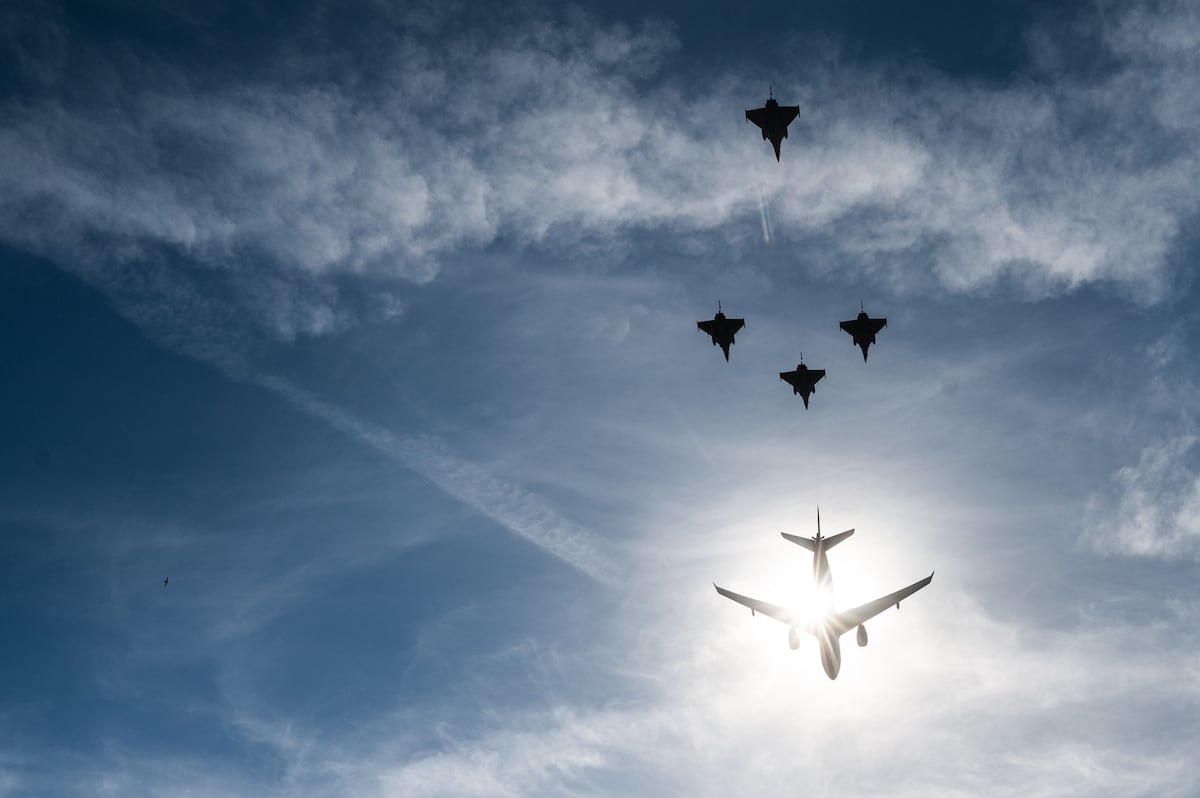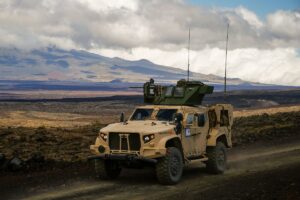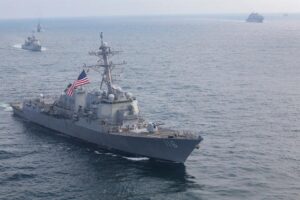Airbus Considers Boosting Production of A330 MRTT Amid Rising Demand
During the Paris Air Show, Airbus revealed plans to potentially increase production of its A330 Multi Role Tanker Transport (MRTT) aircraft due to soaring demand from both current clients and potential new customers. Jean-Brice Dumont, the head of air power at Airbus, expressed that the company is seriously considering this adjustment. “With the signals we’re getting from the customers, we are studying a rate increase of the MRTT,” Dumont stated, emphasizing that the study is more than just preliminary.
Currently, Airbus produces around four to five A330 MRTT aircraft annually. Dumont highlighted the necessity of a significant production boost, reflecting the high demand for these tankers. As per the European Defence Agency, Europe is currently facing crucial shortages in air-to-air refueling capabilities. To date, Airbus has delivered 36 A330 MRTT aircraft to European clients, with six more on order, while the U.S. maintains a much larger fleet of over 400 tankers.
Jean-Brice Dumont predicts a potential European market for an additional 10 to 20 MRTT aircraft, alongside demand from other regions. “It’s quite dynamic,” he explained, noting the continuous influx of demand. In a move to strengthen NATO’s European MRTT fleet, Finland, Sweden, Norway, and Denmark recently signed a letter of intent. Denmark had already indicated plans to join the European tanker pool, potentially purchasing two MRTT aircraft, with an expected expenditure of 7.4 billion Danish kroner ($1.1 billion) over 2025-2033 (Source).
Interest is emerging from countries wanting to join the European pool, existing customers looking to expand their fleets in light of current security contexts, and potential new clients. Dumont described this interest as “a bit of everything.” The UK leads as the largest European operator with 14 A330 MRTTs, while France operates 12 with three more ordered. Additionally, six European nations, including the Netherlands and Germany, have combined their tanker requirements within NATO’s multi-nation fleet, operating nine aircraft with plans for one more.
Internationally, nations such as Singapore, South Korea, Australia, Saudi Arabia, and the UAE operate the A330 MRTT. Airbus boasts a market share exceeding 90% in air-to-air refueling aircraft outside the U.S. Despite this success, Airbus faces several challenges in scaling up tanker production, including necessary investments to enhance tools and overcome industrial bottlenecks, as noted by Dumont.
The possibility of requiring additional hangars or production sites is under consideration, given Airbus’s current practice of converting A330 aircraft into tankers at its Getafe site near Madrid. Meanwhile, Airbus is nearing an agreement with the first customer for its new MRTT+ model, based on the A330neo, featuring more fuel-efficient engines and improved aerodynamics. The first MRTT+ is expected to be delivered by the end of 2028.
Airbus also announced enhancements for its A400M transport aircraft, such as a payload increase to 40 tons and capabilities to act as a drone “mothership” or an electronic-warfare platform. Dumont explained, “We are testing dropping drones from an A400M, we are then controlling a drone from an A400M.” The A400M could serve as a communications hub for the upcoming sixth-generation Future Combat Air System, and it is already certified to function as a tanker for aircraft like the Eurofighter or Rafale.
France and Spain have agreed to expedite the delivery of their ordered A400M aircraft, four and three respectively, to maintain a sustainable production rate of eight A400Ms annually. Dumont expressed confidence in a stable production system, stating, “We could increase, but I think we prefer having a stable production system.”






